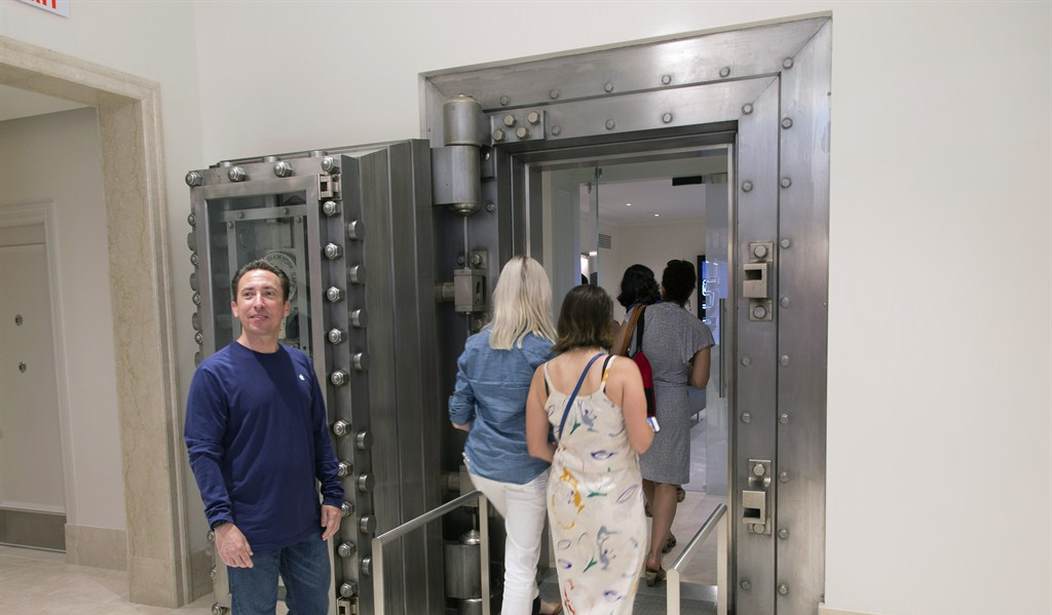The situation with the banking crisis bloodbath we suddenly found ourselves saddled with on Friday continues to evolve. The second-largest bank failure in the nation’s history was followed barely 48 hours later by the third-largest bank failure ever seen. Signature Bank in New York similarly failed yesterday and was being seized by the feds. We dodged a bullet on a third failure when First Republic Bank announced that it had secured emergency funding from the Fed and JPMorgan Chase as it was teetering on the edge. After Janet Yellen had announced in no uncertain terms that SVB would not be receiving a bailout from the government (from the taxpayers, really), the Treasury Department, Federal Reserve and FDIC said yesterday that all clients would be able to access their money, no matter how large their deposits may be. The difference between the current plan and a “bailout” isn’t exactly clear, but the waters seemed to have calmed a bit by last night. (Associated Press)
Governments in the UK and U.S. took extraordinary steps to stop a potential banking crisis after the historic failure of Silicon Valley Bank, even as another major bank was shut down.
The UK Treasury and the Bank of England “facilitated the sale″ of Silicon Valley Bank UK to HSBC, ensuring the security of 6.7 billion pounds ($8.1 billion) of deposits.
British officials worked throughout the weekend to find a buyer for the UK subsidiary of the California-based bank, whose collapse was the second-largest bank failure in history.
As noted above, the British arm of SVB was sold off to the UK Treasury and the Bank of England. The sale price was one pound.
So how are the banks supposed to fight off potential bank runs? The Fed announced what is being described as an “expansive emergency lending program” so that all banks will be able to meet their obligations. Of course, “lending” implies that the banks will have to pay the money back. In the meantime, the loans will prevent the banks from having to sell off all of their treasury bills at a loss, which would only cause the crisis to spread.
But resetting the system after two large banks have been seized is still going to cost money. You might assume that you’ll be footing the bill by default but the fed is insisting that you won’t. The current claim is that Wall Street will pay for this, not the taxpayers. And the money will be coming from the FDIC’s Deposit Insurance Fund.
Plans announced Sunday to fully reimburse deposits made in the collapsed Silicon Valley Bank and the shuttered Signature Bank will rely on Wall Street and large financial institutions — not taxpayers — to foot the bill, Treasury officials said.
“For the banks that were put into receivership, the FDIC will use funds from the Deposit Insurance Fund to ensure that all of its depositors are made whole,” said a senior Treasury Department official, who spoke to reporters Sunday about the plan on the condition of anonymity.
At least in the short term, this may be a practical solution. The DIF currently has more than $100 billion in it and the FDIC is saying that those funds are “more than enough” to cover any shortfalls for depositors in SVB and Signature Bank. But everyone still seems to be tiptoeing around the question of what happens if a couple of more banks go under this week. That fund won’t be able to cover all of them.
We’re already seeing some jitters in the market in overnight trading, but it’s not looking like a complete crash. Or at least not yet. What we can’t afford is another “too big to fail” situation and a repeat of 2008. People are still outraged over the way the taxpayers were forced to pick up the tab for financial institutions that got out too far over their skis. There will be pitchforks and torches in the streets if we have to do that again.








Join the conversation as a VIP Member